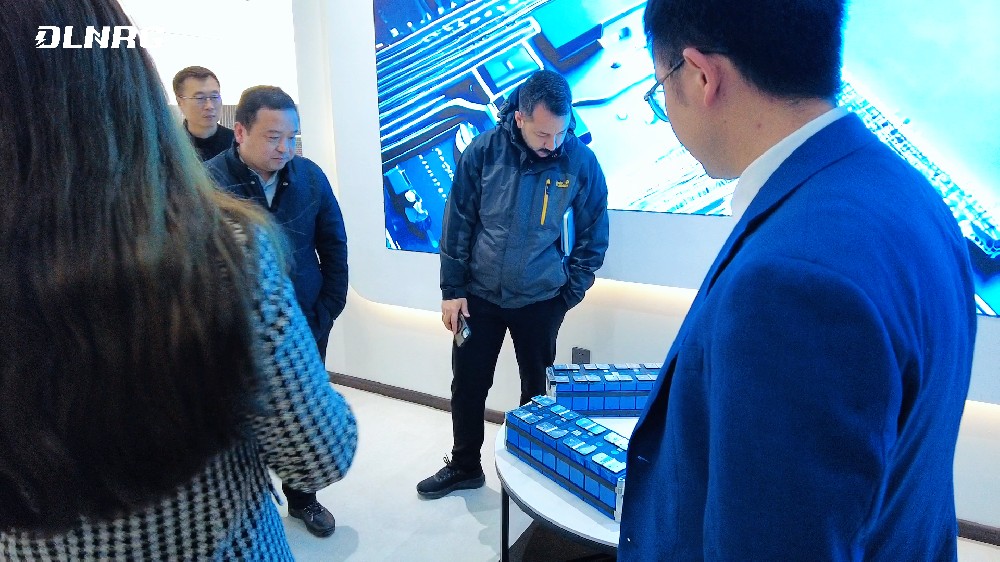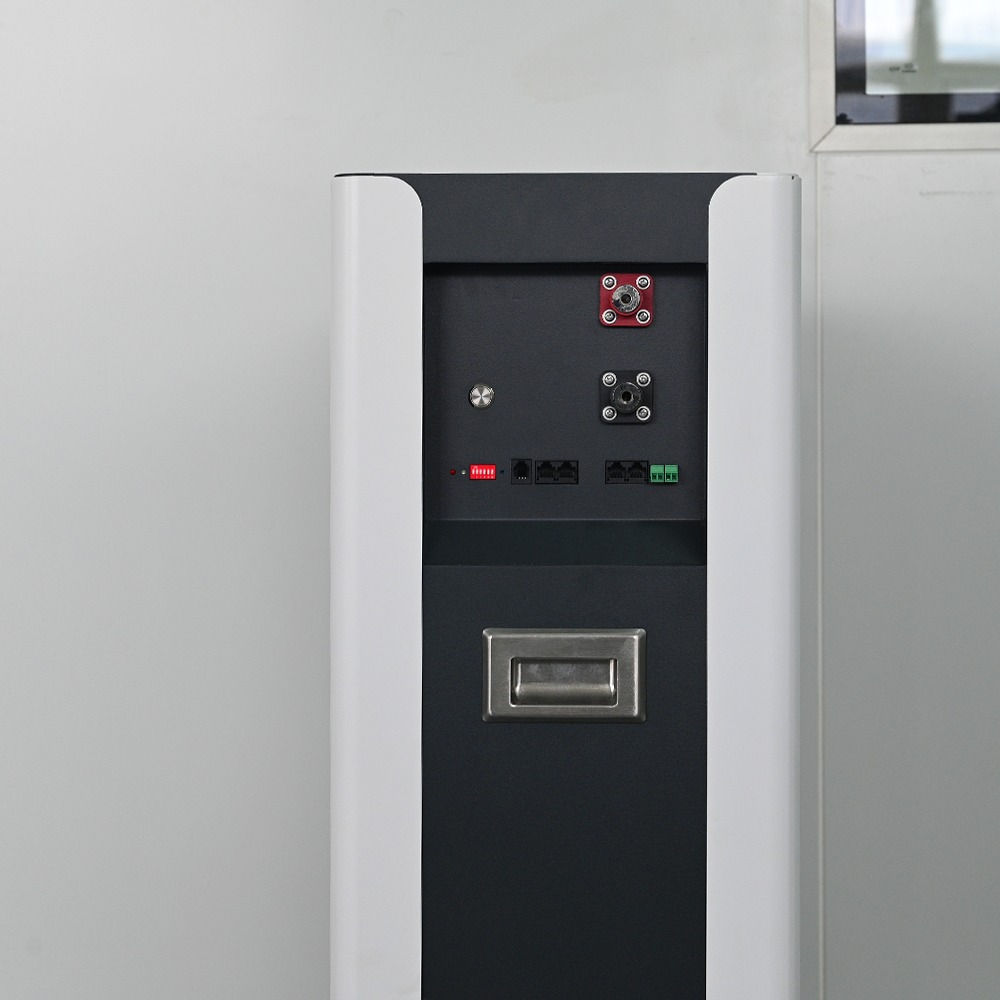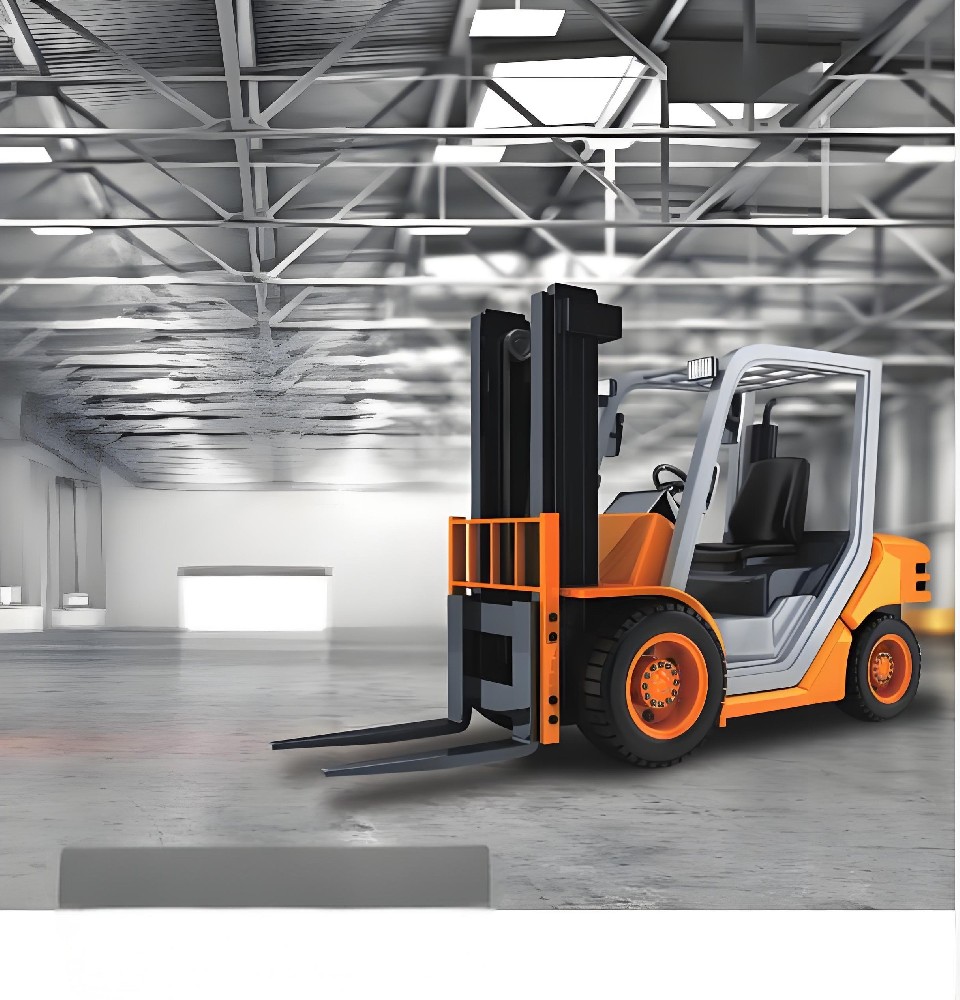China's lithium iron phosphate (LFP) battery sector continues to solidify its leadership in the global energy storage and electric vehicle (EV) markets, driven by technological breakthroughs, cost advantages, and strategic overseas expansions. Here are the key developments shaping the industry in early 2025:
---
1. Market Dominance and Rapid Growth**
In January 2025, LFP batteries accounted for **78% of China's EV battery installations**, with a year-on-year surge of 53% in monthly installations to 30.2 GWh. This contrasts sharply with the declining share of ternary lithium batteries (22%), reflecting the industry's preference for LFP's safety, cost-effectiveness, and improved performance. Major players like CATL and BYD dominate the market, holding **47.5% and 23% shares**, respectively, while LFP’s penetration into high-end EV models signals a shift from its traditional role in economy vehicles.
---
2. Technological Upgrades Fuel High-End Adoption**
LFP batteries are breaking into premium markets through innovations:
- **Energy Density**: New high-compaction-density LFP materials now achieve cell-level energy densities nearing **250 Wh/kg**, enabling battery packs to support **1,000 km ranges** for large EVs.
- **Fast Charging**: CATL’s *Shenxing* and BYD’s *Blade 2.0* batteries deliver ultra-fast charging, reaching 80% capacity in under 15 minutes.
- **Low-Temperature Performance**: Enhanced formulations address historical cold-weather limitations, expanding LFP’s viability in diverse climates.
These advancements have attracted global automakers, with European and North American brands reintroducing LFP-based EVs after years of reliance on ternary chemistries.
---
3. Global Supply Chain Expansion**
Chinese LFP manufacturers are accelerating overseas production to meet rising international demand:
- **Hunan Yuneng** is advancing its **Spain-based project**, while **Wanrun New Energy** speeds up U.S. plant construction.
- **Longpan Tech’s Indonesia facility** has commenced operations, and **Dynanonic** plans new overseas ventures.
- Export volumes surged **67.1% YoY** in January 2025, reflecting deepening reliance on China’s LFP supply chain.
---
4. Price Trends and Supply Chain Dynamics**
- **Material Costs**: High-end LFP cathode materials now command prices up to **¥50,000/ton**, a **40% premium** over standard grades, driven by demand for advanced formulations.
- **Production Capacity**: Companies like **Fengyuan Lithium** are scaling up, with existing capacities exceeding 225,000 tons and expansions underway.
- Market prices for power-grade LFP stabilized at **¥34,000–35,500/ton** in February 2025, supported by robust EV and energy storage demand.
---
5. Policy Support and Future Outlook**
Backed by China’s strategic focus on LFP as a **"new energy pillar"**, the industry benefits from subsidies, tax incentives, and R&D funding. Looking ahead:
- **Solid-State Synergy**: Semi-solid-state batteries incorporating LFP are entering consumer electronics, with mass EV adoption trials slated for 2027.
- **Sodium-LFP Hybrids**: Sodium-ion batteries paired with LFP are gaining traction in plug-in hybrids, leveraging sodium’s cost and low-temperature advantages.
---
**Conclusion**
China’s LFP battery sector is redefining global energy storage and EV markets through relentless innovation and strategic globalization. As the industry transitions from cost-driven growth to technology-led premiumization, its role in achieving sustainable energy goals becomes increasingly pivotal.




